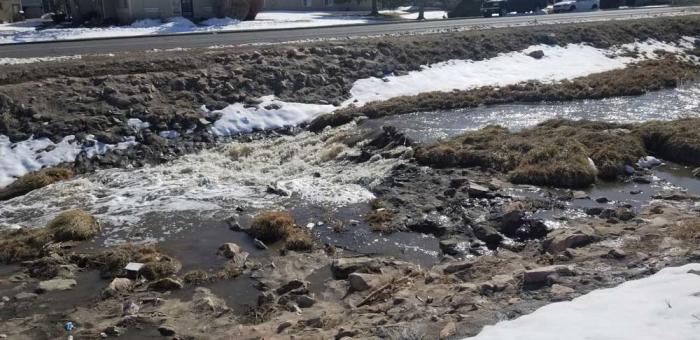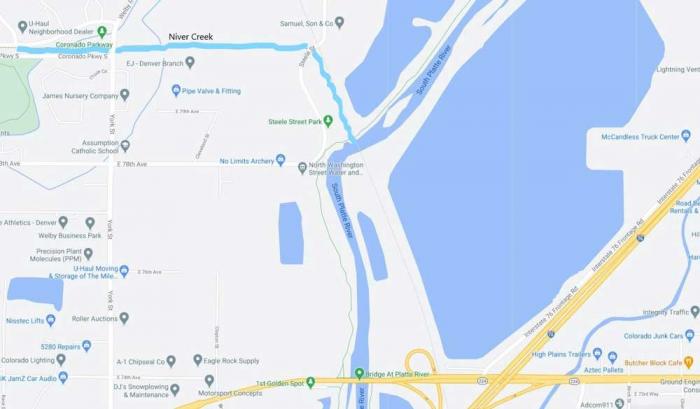A snapshot from the journey of water: Niver Creek
The city and suburbs around Denver, the foothills and the plains have all benefited from a run of juicy, wet snowstorms over the last few weeks. In fact, March 2021 nearly hit the snow record.
And while Denver Water often focuses on the importance of snowfall up in the high country — and rightly so, since that is where several of Colorado’s big water utilities collect and store so much water — these sloppy, wet storms that fall at lower elevations have their own set of benefits to Denver Water and its supplies.
That’s because these storms, with their heavy moisture content, help fill irrigation reservoirs further down the South Platte River.
That, in turn, means Denver Water doesn’t need to pass as much water downstream to satisfy those older, “senior” water rights. Instead, the utility can hold on to water in its own reservoirs for the benefit of its customers.
And that can also mean leaving more water in reservoirs on the West Slope.
After a series of wet storms hit the foothills and lower elevations in March, Denver water temporarily reduced the amount of water it was moving from Dillon Reservoir through the Roberts Tunnel to the Front Range by more than half.
That’s why the sight of a small suburban stream, Niver Creek, running fast with melt-off from the big, mid-March storm, the fourth-largest in Denver’s history, was a happy sight, even for utilities that maintain large reservoirs in the high country.
“It may not look like much, but this is one of the benefits of these big storms in Denver,” said Nathan Elder, water supply manager for Denver Water. “This runoff heads downstream, helps the irrigators, and means we can hold more water upstream. Every little bit helps.”



